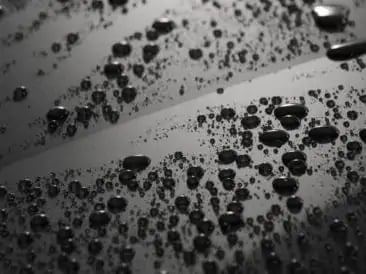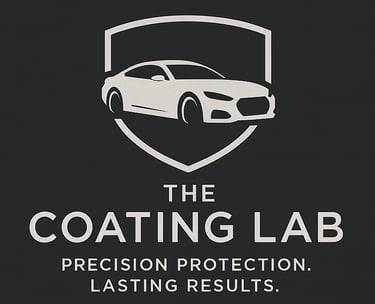Wax vs. ceramic coating
6/15/20252 min read


Waxes vs. Ceramic Coating: What’s Right for Your Car?
When it comes to protecting your vehicle’s paint and enhancing its shine, car owners in Auckland are often torn between traditional waxes and modern ceramic coatings. At The Coating Lab, we specialise in ceramic coating Auckland solutions that provide long-lasting protection and a stunning finish. But is ceramic coating always the right choice? Let’s break down the pros and cons of both options.
What is Automotive Wax?
Automotive wax is a blend of natural or synthetic substances designed to enhance your vehicle’s gloss and provide a temporary layer of protection. Most commonly made from carnauba, paraffin, or synthetic polymers, waxes are softened with solvents and oils to make them easier to apply.
Pros of Wax:
Easy to apply at home
Natural glow and warm shine
Ideal for show cars or garage-kept vehicles
Cons of Wax:
Wears off in weeks or months
Not waterproof—easily degraded by washing, sun, and rain
Requires frequent reapplication
Best for: Car enthusiasts who want a glossy finish and don't mind regular maintenance.
Not ideal for: Daily drivers or vehicles exposed to Auckland’s variable climate.
What is a Ceramic Coating?
Ceramic coatings, like the ones applied at The Coating Lab, are liquid polymers that chemically bond to your car’s paint. Once cured, they create a semi-permanent barrier that offers unmatched protection against UV rays, road grime, bird droppings, tree sap, and more.
Unlike wax, ceramic coatings form a hard, hydrophobic surface that repels water and contaminants. At The Coating Lab, we use premium-grade ceramic coating Auckland products such as ONYX Quartz Pro to deliver professional-grade results.
Pros of Ceramic Coating:
Bonds to paint for long-term durability
Superior protection against environmental damage
Reduces cleaning frequency thanks to hydrophobic properties
Enhances paint depth, clarity, and gloss
Cons of Ceramic Coating:
Higher upfront cost
Requires professional application and curing time
Best for: Auckland drivers who want lasting protection with minimal upkeep.
Not ideal for: Budget-conscious car owners seeking a quick DIY solution.
Wax or Ceramic Coating: Which Should You Choose?
If your vehicle is a weekend cruiser or show car, traditional wax may offer the shine you want with a hands-on approach. But if you rely on your car daily and want a low-maintenance, long-term solution, a professionally applied ceramic coating from The Coating Lab is the clear winner.
Protect your investment—get in touch with The Coating Lab, Auckland’s trusted experts in ceramic coating, and discover the difference premium paint protection can make.
Connect with us
RYan
Business hours
Copyright © 2020-2025 The Coating Lab. All rights reserved.
Appointment Required
Tuesday to Saturday:
9:00 - 17:00
Public Holidays: Closed

